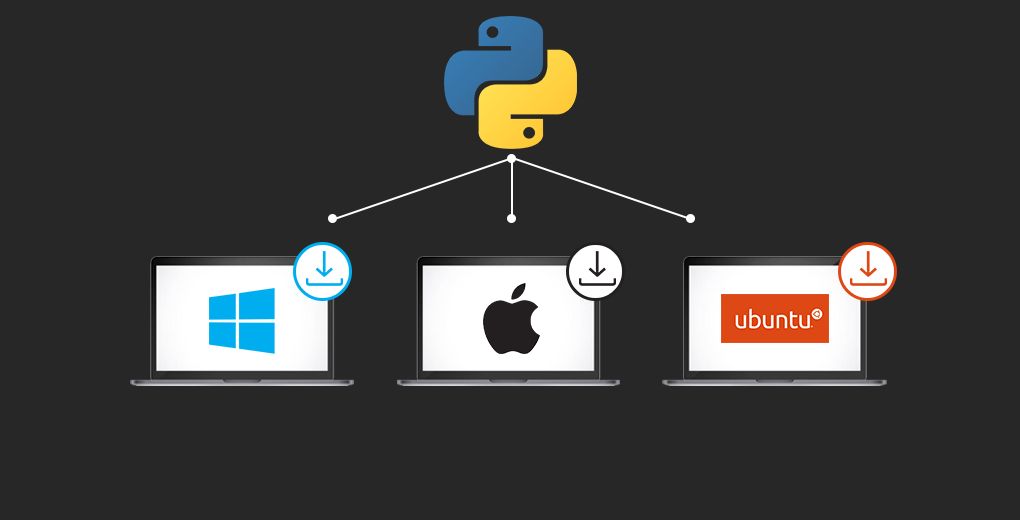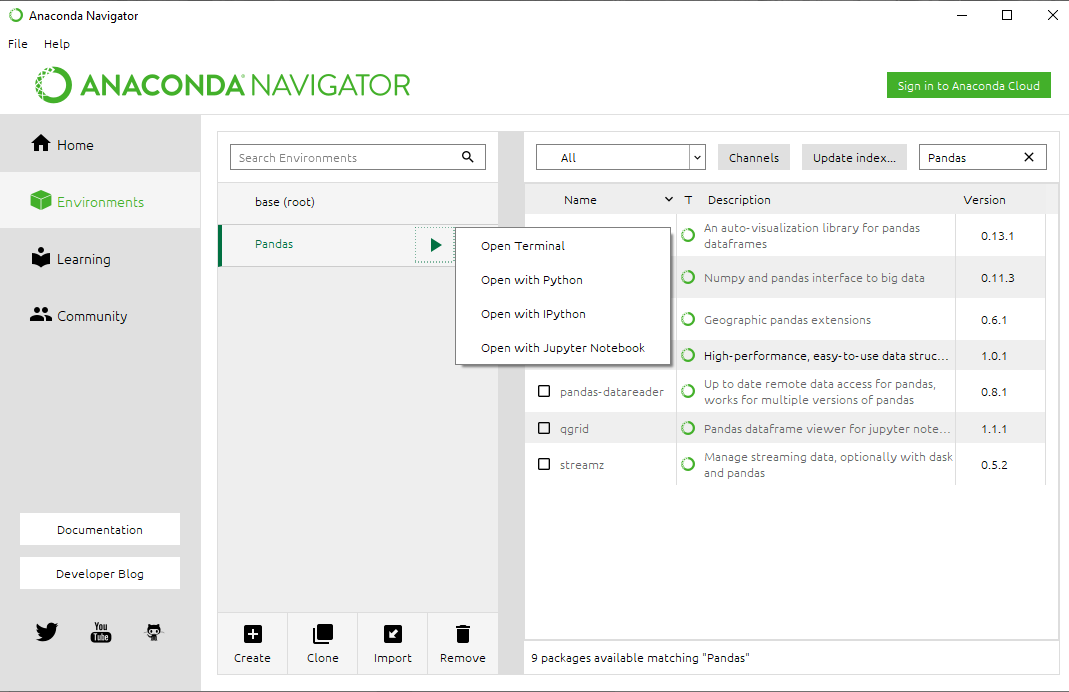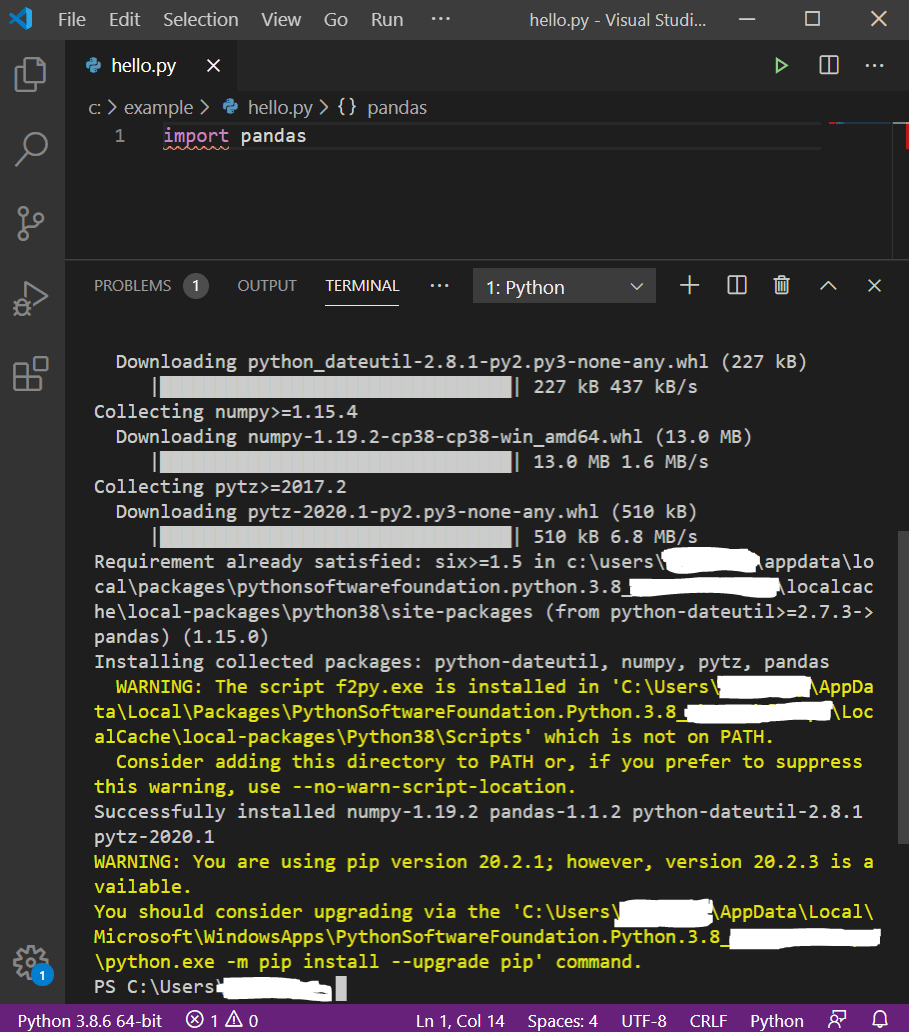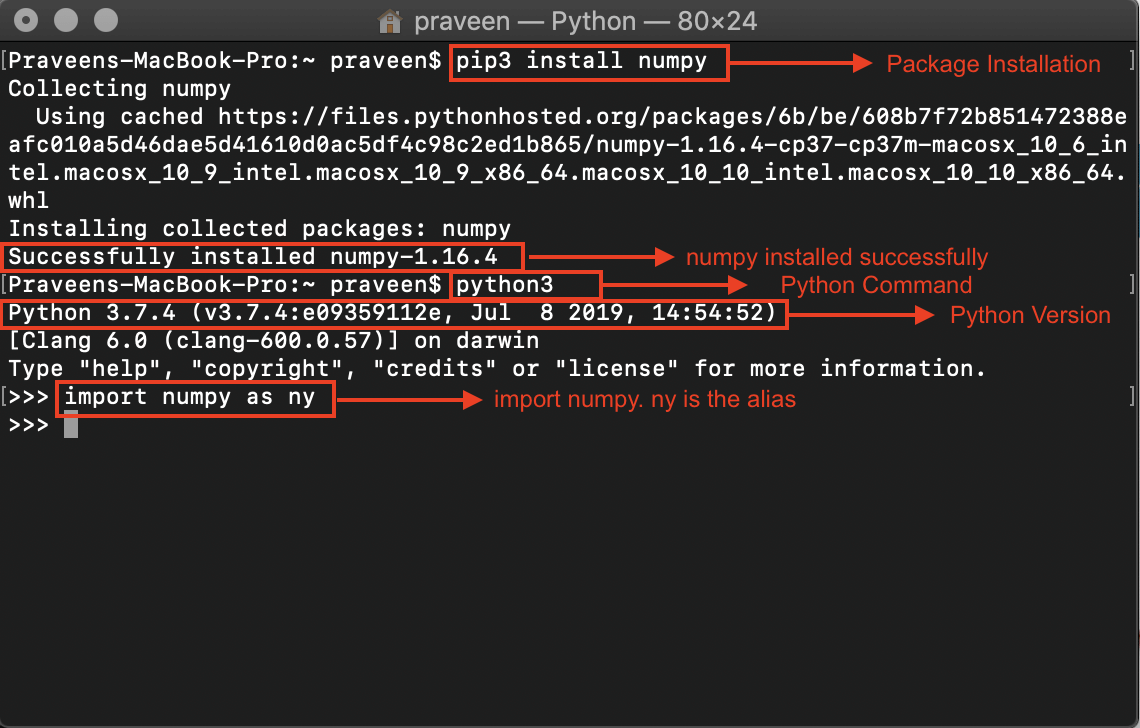

- #PANDAS PYTHON DOWNLOAD MAC INSTALL#
- #PANDAS PYTHON DOWNLOAD MAC UPDATE#
- #PANDAS PYTHON DOWNLOAD MAC PRO#
- #PANDAS PYTHON DOWNLOAD MAC SERIES#

#PANDAS PYTHON DOWNLOAD MAC UPDATE#
To update pandas to the latest version in anaconda or miniconda use: conda update pandasĭetailed instructions on getting pandas set up or installed can be found here in the official documentation.
#PANDAS PYTHON DOWNLOAD MAC INSTALL#
Install pandas on miniconda using: conda install pandas Either via the graphical installer (Windows) or shell script (OSX/Linux). If you don't want the 150 packages conveniently bundled in anaconda, you can install miniconda. Either via the graphical installer (Windows/OSX) or running a shell script (OSX/Linux). S.plot(kind='hist', title='Normally distributed random values') # hist computes distributionĬheck some of the data's statistics (mean, standard deviation, etc.) s.describe()įirst download anaconda from the Continuum site.
#PANDAS PYTHON DOWNLOAD MAC SERIES#
S = pd.Series(values) # generate a pandas series Values = np.random.randn(100) # array of normally distributed random numbers import pandas as pd # This is always assumed but is included here as an introduction. Once Pandas has been installed, you can check if it is is working properly by creating a dataset of randomly distributed values and plotting its histogram. In this case the method summarizes categorical data by number of observations, number of unique elements, mode, and frequency of the mode. Note that since C is not a numerical column, it is excluded from the output. describe() method, which returns a pandas dataframe of descriptive statistics. iat to access a DataFrameĭescriptive statistics (mean, standard deviation, number of observations, minimum, maximum, and quartiles) of numerical columns can be calculated using the. Pandas IO tools (reading and saving data sets).Making Pandas Play Nice With Native Python Datatypes.Cross sections of different axes with MultiIndex.Analysis: Bringing it all together and making decisions.| sec | np_veclib | np_default | np_openblas | np_netlib | np_openblas_source | M1 | i9–9880H | i5-6360U | dario.py: A benchmark script by Dario Radečić at the post above.ģ.It's said that, numpy installed in this way is optimized for Apple M1 and will be faster.


(Check from Activity Monitor, Kind of python process is Intel). Anaconda.: Then python is run via Rosseta.(Check from Activity Monitor, Kind of python process is Apple). Miniforge-arm64, so that python is natively run on M1 Max Chip.On M1 Max, why run in P圜harm IDE is constantly slower ~20% than run from terminal, which doesn't happen on my old Intel Mac.Įvidence supporting my questions is as follows:.On M1 Max and native run, why there isn't significant speed difference between conda installed Numpy and TensorFlow installed Numpy - which is supposed to be faster?.On M1 Max, why there isn't significant speed difference between native run (by miniforge) and run via Rosetta (by anaconda) - which is supposed to be slower ~20%?.
#PANDAS PYTHON DOWNLOAD MAC PRO#


 0 kommentar(er)
0 kommentar(er)
